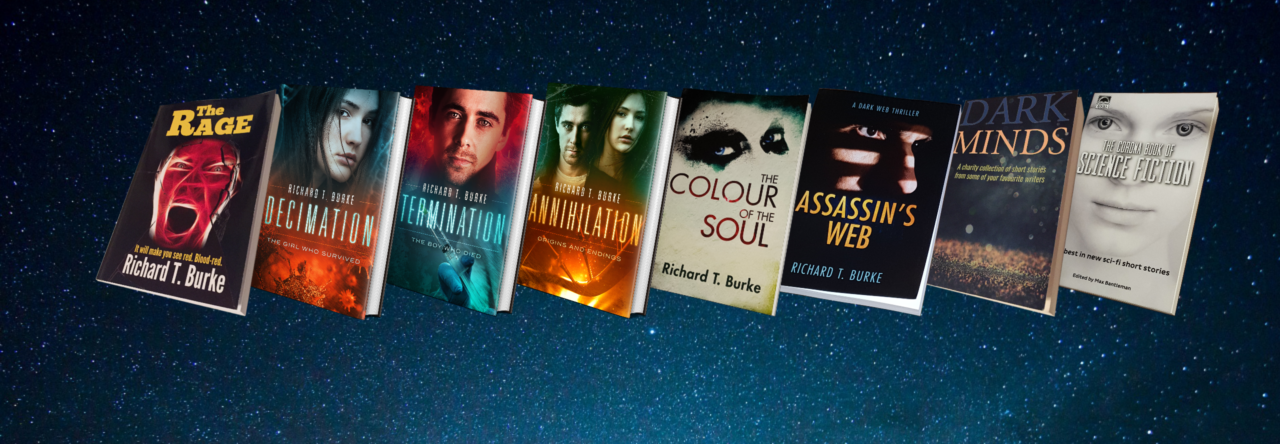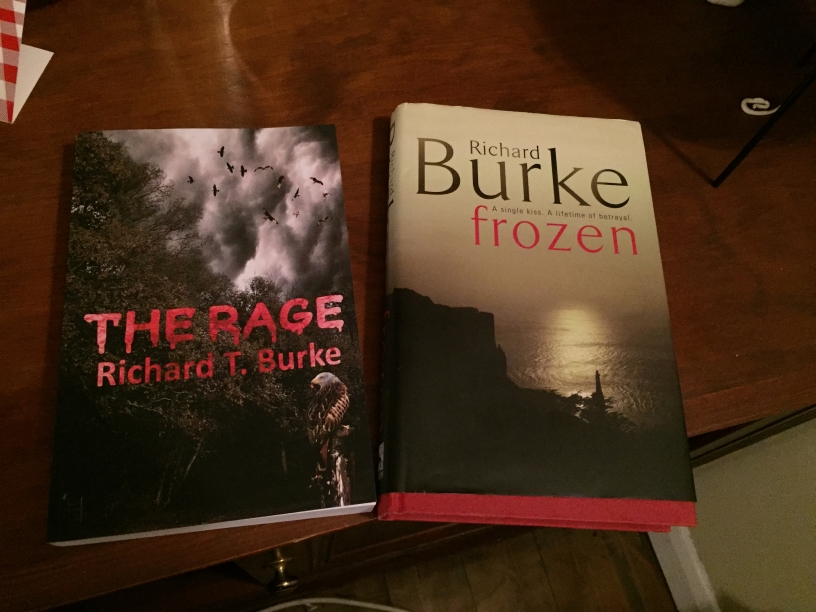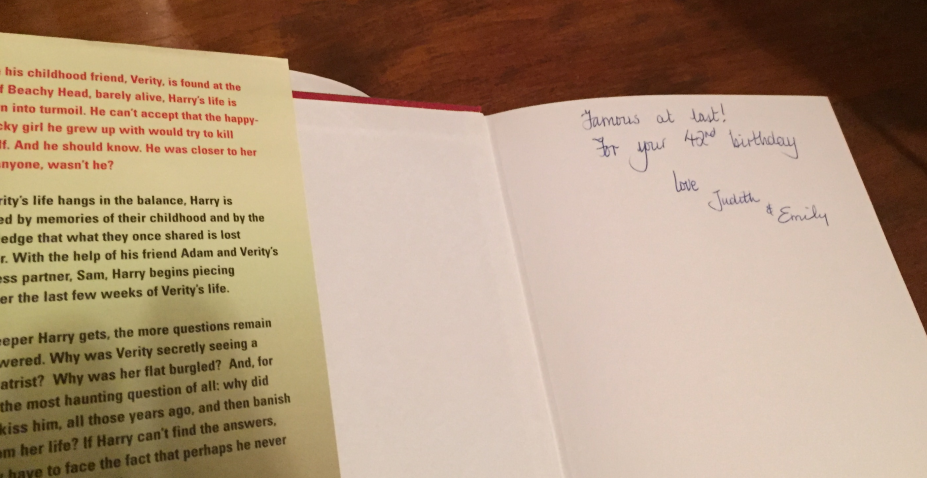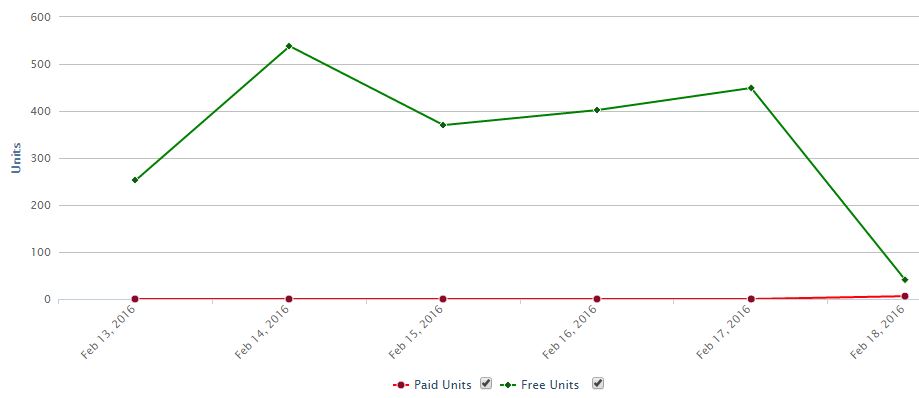A few weeks ago I did a five day free give away of The Rage on Kindle. During that period there were about 2000 downloads and a steady trickle of sales thereafter. Amazon provide statistics on the Kindle Direct Publishing page including a button to download a report. I hadn’t looked at one of these reports before so I decided to check it out.
The report gives a daily breakdown of the sales by book and by region. I have only the one book at the moment so all rows were for The Rage. As I studied the report, my first reaction was I haven’t sold that many. Upon further inspection I noticed a column called “Units Refunded”. In the week after the free give-away this accounted for about 30% of total sales. So what’s going on?
I did a search on Google and discovered several articles from people who had discovered the same thing. There seemed to be three main schools of thought:
- People had downloaded the book thinking it was still free only to realise that it now cost them the huge amount of £1.99 and had requested a refund from Amazon. Possible, but some were a good five days after the end of the give-away so unlikely in all cases.
- People felt that the description did not match the product. One example might be that the book was far shorter than expected. Not applicable in my case at about 115,000 words.
- Dishonest people download the book, strip off the protection then ask Amazon for a refund. You would have thought Amazon would pick up on this practice as the perpetrators are likely to be repeat offenders.
So basically I have no real plausible explanation. It’s not enough sales to get excited about but if anybody can shed light on this I would be interested to hear from you.



